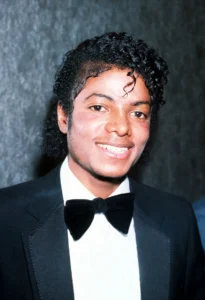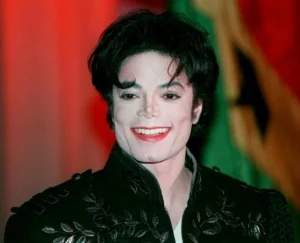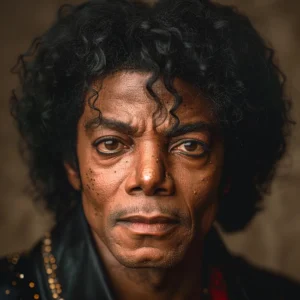The legendary pop star and cultural icon Michael Jackson was known for his musical genius and dazzling performances. But his transformation throughout his life was also a subject of great intrigue and speculation.
While he admitted to only having two nose jobs, some experts believe he had undergone numerous other procedures. From his childhood as the lead singer of The Jackson 5 to his death in 2009, the pop icon underwent a series of cosmetic surgeries that altered his face.
Whatever the motivation, Jackson’s surgeries were extensive and frequent. According to some sources, he had more than 50 procedures on his face, costing him millions of dollars. His reported surgeries included multiple nose jobs, chin implants, cheekbone reduction, eyelid reshaping, lip reduction, skin bleaching, tattooing, and injections.

In 1986, he was diagnosed with lupus and vitiligo, which caused rashes, hair loss, and blotchy skin pigmentation. However, some of his surgeries were reportedly elective and cosmetic, driven by his desire to achieve a particular image or look. He was said to have been inspired by celebrities such as Kirk Douglas and Marcel Marceau and by his own artistic vision.
Matt Fiddes, Jackson’s former bodyguard, shed light on the musician’s evolving appearance. When questioned about Jackson’s transformation to a lighter complexion, Fiddes attributed it to vitiligo, a skin disorder that results in white patches due to the loss of pigmentation. This condition affected Jackson’s entire body, including his face and neck.
To conceal the uneven skin tone caused by vitiligo, Jackson’s makeup artist applied dark makeup to his face. Despite their efforts, the blotches remained visible, and the situation worsened over time. Consequently, Jackson often sought refuge under an umbrella to shield himself from the sun. In a self-deprecating manner, he humorously referred to himself as a “spotted cow.”

Fiddes revealed that the star had suffered taunting from his family due to the size of his nose. His father being the main instigator would say that his son didn’t get the big nose from his side of the family. When he broke his nose dancing and was about to undergo an operation, he saw it as the perfect opportunity to have it reshaped. Fiddes suggested that Jackson would intentionally make his nose look more ridiculous when in public just to wind up the media.
Plastic surgeon Steven M. Hoefflin, a key figure in Jackson’s aesthetic journey during the ’80s and ’90s, remains tight-lipped about the procedures that shaped the King of Pop’s iconic features. He stated, “My job is to try to make people happy. In the case of high-level entertainers, the result may not be what the average person would want. But remember, these are performers who want to create a certain image for a special reason.”
However, some of his surgeries were necessitated by accidents or illnesses. In 1979, a childhood accident became a catalyst for change as Jackson fell and broke his nose. This incident began a transformative journey for Jackson, who reportedly detested his nose and had his first rhinoplasty. Jackson’s nose evolved through meticulous surgeries, including a two-stage procedure in 1981, taking on a narrowed shape and less bulbous tip.Jackson’s eyes were also a subject of speculation. Despite his denial of cosmetic procedures, his eyes underwent apparent changes. The widening of his eyes, known as scleral show, hinted at another transformation procedure. In 1984, Jackson suffered second-degree burns on his scalp while filming a Pepsi commercial.
The incident left a lasting impact, leading to scar revisions and a reliance on painkillers. The late ’80s brought new dimensions to Jackson’s identity. Tattooing, allegedly influenced by lupus and vitiligo diagnoses, became a necessity. His evolving skin tone, attributed to bleaching creams, makeup, and a penchant for covering up, added to the enigma.
Using a deep learning algorithm, a computer program can generate realistic photos of Jackson based on his early pictures and genetic traits. The photos show a striking contrast to Jackson’s last known natural appearance. Instead of a pale and gaunt face, the images show a healthy and handsome face. Rather than a narrow and upturned nose, the photos show a broad and straight nose.

The photos also show signs of aging, such as wrinkles, gray hairs, and sagging skin. However, these signs do not detract from Jackson’s beauty but add to his character and charm. They depict a man who is confident and comfortable in his skin even with the manifestation of vitiligo, proud of his heritage and identity, and happy and at peace.

The photos are not a definitive or accurate representation of how Jackson would have looked, but rather a possible and plausible one. They are a product of technology and imagination, not reality and history. They are a tribute and a fantasy, not a fact or truth.
The photos are not a definitive or accurate representation of how Jackson would have looked, but rather a possible and plausible one. They are a product of technology and imagination, not reality and history. They are a tribute and a fantasy, not a fact or truth.





